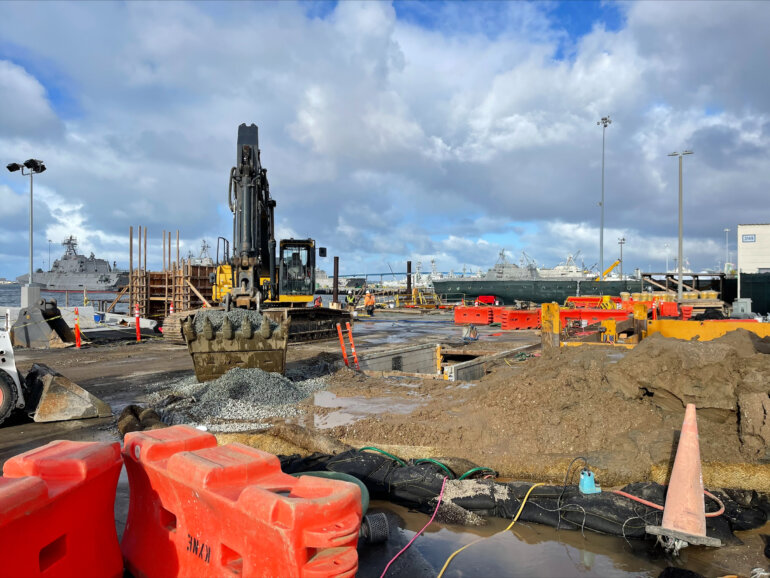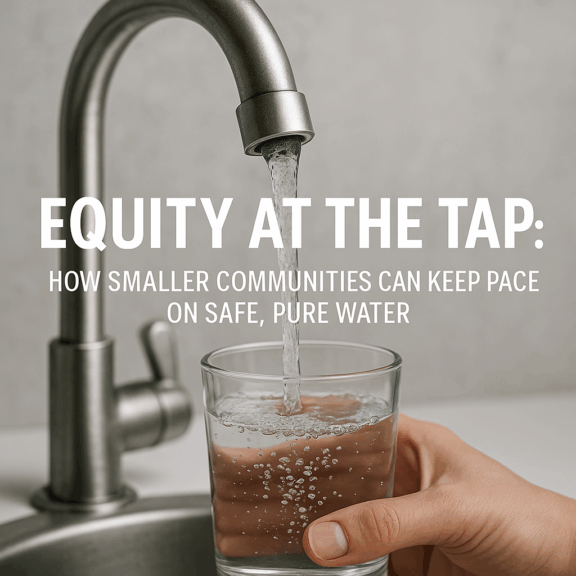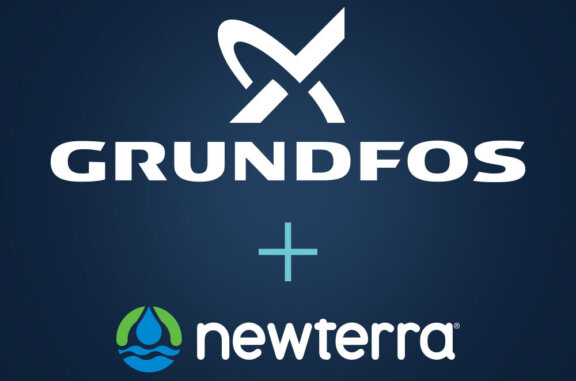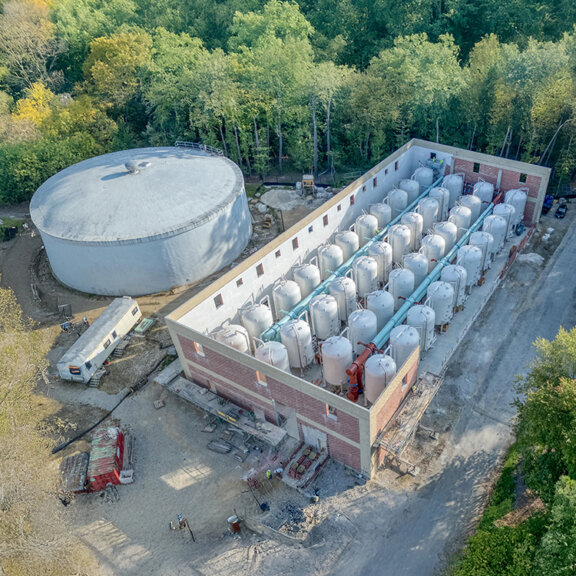When the Rains Come

Industrial Stormwater solutions
Hawai‘i’s Stormwater Problem and What’s at Stake
In Hawai‘i, rain is a near-daily presence—nourishing forests, recharging aquifers, and sustaining the natural beauty that defines the islands.
In Hawai’i, rain is a near-daily presence—nourishing forests, recharging aquifers, and sustaining the natural beauty that defines the islands. But in urban and industrial areas, the rain carries something else: a mix of heavy metals, hydrocarbons, sediment, and other pollutants that wash off roads, rooftops, and work sites, flowing untreated into storm drains and, ultimately, into the ocean.
This is stormwater runoff, and in a state where clean water supports everything from coral reefs to community health, it’s a problem with mounting consequences.
A Fragile Balance
Unlike many mainland communities, Hawai’i’s towns and cities are tightly interwoven with their coastal and freshwater ecosystems. Rainfall doesn’t just run downhill—it runs into bays, into fishponds, into groundwater recharge zones that supply the islands’ drinking water. The margin for error is thin.
When stormwater carries oil from a service yard, brake dust from a highway, or copper and zinc from an industrial site into the nearest drain, the impacts are immediate and widespread. Coral bleaching, already accelerated by climate change, is worsened by excess nutrients and sediment. Heavy metals accumulate in marine life, threatening fisheries and traditional subsistence practices. Urban streams become conduits for pollutants, and once-swimmable shorelines face frequent advisories or closures.
The long-term costs show up in health outcomes, regulatory fines, economic disruption—and a steady erosion of the natural systems that sustain island life.
Where Industry Meets Environment
While many sources contribute to stormwater pollution, industrial activity represents one of the most manageable—and impactful—opportunities for intervention.
Facilities involved in recycling, metals processing, vehicle maintenance, shipping, and similar sectors often store and handle materials exposed to the elements. Outdoor storage, loading docks, chemical containers, waste piles—when it rains, these sites can shed contaminants like copper, zinc, lead, oil residues, solvents, and other industrial byproducts.

In many of Hawai’i’s industrial zones, there’s little distance between these facilities and vulnerable waters. A single storm can carry a chemical sheen into a bay or metals into a stream used for recreation or fishing. In areas where infiltration is used for stormwater disposal, contaminants may even reach aquifers.
Preventing Pollution at the Source
To address these risks, the state enforces stormwater regulations under the federal National Pollutant Discharge Elimination System (NPDES). Industrial facilities that discharge stormwater are required to implement Stormwater Pollution Prevention Plans (SWPPPs), which outline site-specific strategies to prevent contamination.
Common best management practices (BMPs) include:
- Properly covering and storing hazardous materials
- Routine inspection and maintenance of vehicles and equipment
- Installing secondary containment for fuel and chemical storage
- Training employees on spill prevention and response
These practices form the backbone of stormwater compliance—and when implemented effectively, they can significantly reduce pollution. But in many cases, especially at high-risk sites or older facilities, basic BMPs aren’t enough on their own.
Bringing Treatment Within Reach
That’s where on-site stormwater treatment comes in.
Across the country, industrial operators have increasingly adopted passive filtration and media-based systems to treat stormwater before it leaves their property. These systems don’t require extensive plumbing or power—they use gravity, engineered media, and simple maintenance routines to strip out pollutants like metals, sediment, and hydrocarbons from runoff.
In Hawai‘i, where infrastructure retrofits can be expensive and space is often limited, these systems offer a particularly practical path forward. They can be placed at strategic discharge points, catch basins, or inlets, working alongside existing BMPs to reduce the pollution burden without interrupting daily operations.
For businesses navigating complex regulations, and for communities working to restore degraded watersheds, this kind of treatment bridges the gap between good intentions and real outcomes.
Shared Responsibility, Shared Benefits
Stormwater pollution isn’t a problem with a single cause—or a single solution. But in Hawai’i, where environmental sensitivity and cultural connection to the land and sea are so deeply woven into daily life, the stakes are unusually high.
By addressing stormwater runoff—especially from industrial sources—the state has an opportunity to protect ecosystems, preserve water quality, and ensure that growth and development can proceed without undermining the resources that make the islands unique.
It will take a mix of regulation, innovation, and cooperation. But the tools are available, the science is clear, and the need is urgent.
If Newterra can be of support to you, let’s talk now, while there’s still time to plan.
Or, learn more about our stormwater solutions here.
Article by Nathan CW Smith, SVP Lifecycle Services & Marketing


